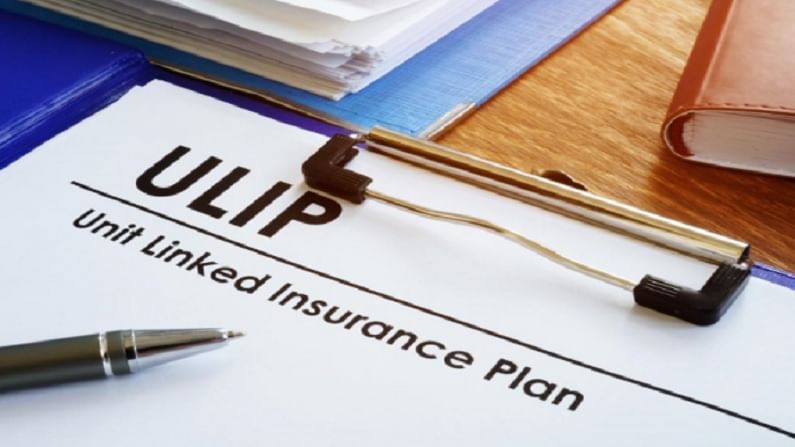Partial withdrawal of ULIPs: All you need to know
The minimum and maximum amounts that you can take out may vary with each policy and across insurance companies.

Unit-linked Insurance Plans (ULIPs) is a category of life insurance policy. It offers the double benefit of life cover and wealth creation. This is an excellent long-term investment instrument. Unit Linked Policies provide flexibility to its policyholders to partially withdraw some amount of money from his or her own accumulated fund value even before policy matures. It is one of the unique advantages of ULIPs. With this flexibility, an individual can avoid any financial emergency without taking high-interest loans.
The premium paid towards the ULIPs is divided into two parts. One part provides a life cover, while the other is invested in stock markets to buy units with a specified value. In case of any emergencies, ULIPs allow you to redeem some units and withdraw money equivalent to those units.
Lock-in period
ULIPs come with a mandatory lock-in period of five years. There is no provision to make partial withdrawals before the end of the mandatory lock-in period. Even if you decide to discontinue the policy during the lock-in period, you can get the money after deduction of charges only after completing the five-year period.
Partial withdrawals after five years
As a policyholder, you are eligible to make partial withdrawals after the lock-in period is over. But please note that you can not withdraw the entire accumulated fund amount before maturity or without surrendering the policy.
On the other hand, if you have purchased the ULIP plan for your minor child, he or she can make partial withdrawals from the policy only after turning 18.
Withdrawal limits
The minimum and maximum amounts that you can take out may vary with each policy and across insurance providers. However, according to experts, the maximum withdrawal in a policy year can not exceed 20% of the total fund value.
Effect on life cover
Usually, every partial withdrawal can lead to a decrease in the sum assured under the ULIP life coverage. In case one made the withdrawal more than two years before the unfortunate demise of the policyholder, there will be no effect on the sum assured. Before taking any final decision every one must go through the policy document.